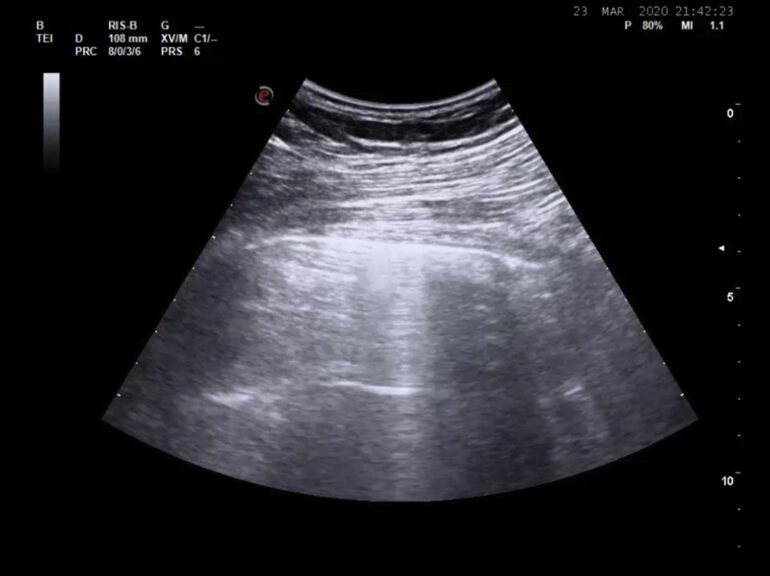- AI is now proficient at detecting COVID-19 in lung ultrasound images, akin to facial recognition software.
- Research led by Muyinatu Bell at Johns Hopkins University paves the way for swift and precise diagnosis.
- AI algorithms meticulously analyze ultrasound images to identify signs of pulmonary diseases.
- Potential for wireless home devices to monitor COVID-19 progression and wearable ultrasound patches for broader health tracking.
- AI’s adeptness at detecting B-lines, markers of pulmonary inflammation, enhances diagnostic accuracy.
- Initial challenges are overcome through a mix of real and simulated patient data, showcasing AI’s remarkable accuracy.
Main AI News:
Cutting-edge research reveals a significant stride in medical diagnostics as artificial intelligence (AI) demonstrates prowess akin to facial recognition software, now adept at identifying COVID-19 in lung ultrasound images. Published in Communications Medicine, these findings mark a milestone in leveraging AI for swift and precise diagnosis, especially crucial during the initial onslaught of the pandemic when healthcare systems grappled with overwhelming caseloads.
Lead by Muyinatu Bell, the John C. Malone Associate Professor of Electrical and Computer Engineering, Biomedical Engineering, and Computer Science at Johns Hopkins University, the study heralds an era where algorithms meticulously scour ultrasound images to uncover telltale signs of pulmonary ailments. “Our automated detection tool aims to support physicians in high-pressure emergency environments, particularly during the early phases of the pandemic,” notes Bell, emphasizing the potential for wireless home devices to monitor COVID-19 progression.
Moreover, this breakthrough extends beyond COVID-19, envisaging wearables capable of tracking conditions like congestive heart failure, which shares symptomatic parallels with the viral infection. Tiffany Fong, an assistant professor of emergency medicine at Johns Hopkins Medicine, envisions wearable ultrasound patches heralding a new era of point-of-care diagnostics. “With AI-driven tools, wearable devices could alert patients to impending health issues, enabling timely interventions,” Fong explains, underscoring the transformative potential of AI in healthcare.
Central to the AI’s functionality is its adeptness at detecting B-lines, distinct markers of pulmonary inflammation, within ultrasound images. By amalgamating simulated and real patient data, the AI navigates the complexities of ultrasound physics to deliver reliable diagnoses. Lingyi Zhao, the study’s first author, underscores the challenges posed by the initial dearth of patient data during the pandemic’s onset, which impeded AI performance. However, leveraging computer-generated datasets, Zhao and the team demonstrate the AI’s remarkable accuracy in identifying COVID-19 features, signaling a paradigm shift in medical imaging diagnostics.
Conclusion:
The emergence of AI-driven diagnostics for COVID-19 detection from lung ultrasound images marks a pivotal moment in the healthcare market. With the potential to streamline diagnosis processes and enable remote monitoring, this breakthrough technology is poised to revolutionize medical imaging diagnostics, paving the way for personalized healthcare solutions and enhancing patient outcomes. Companies investing in AI-driven healthcare technologies stand to gain a competitive edge in delivering innovative and impactful solutions to meet evolving market demands.

